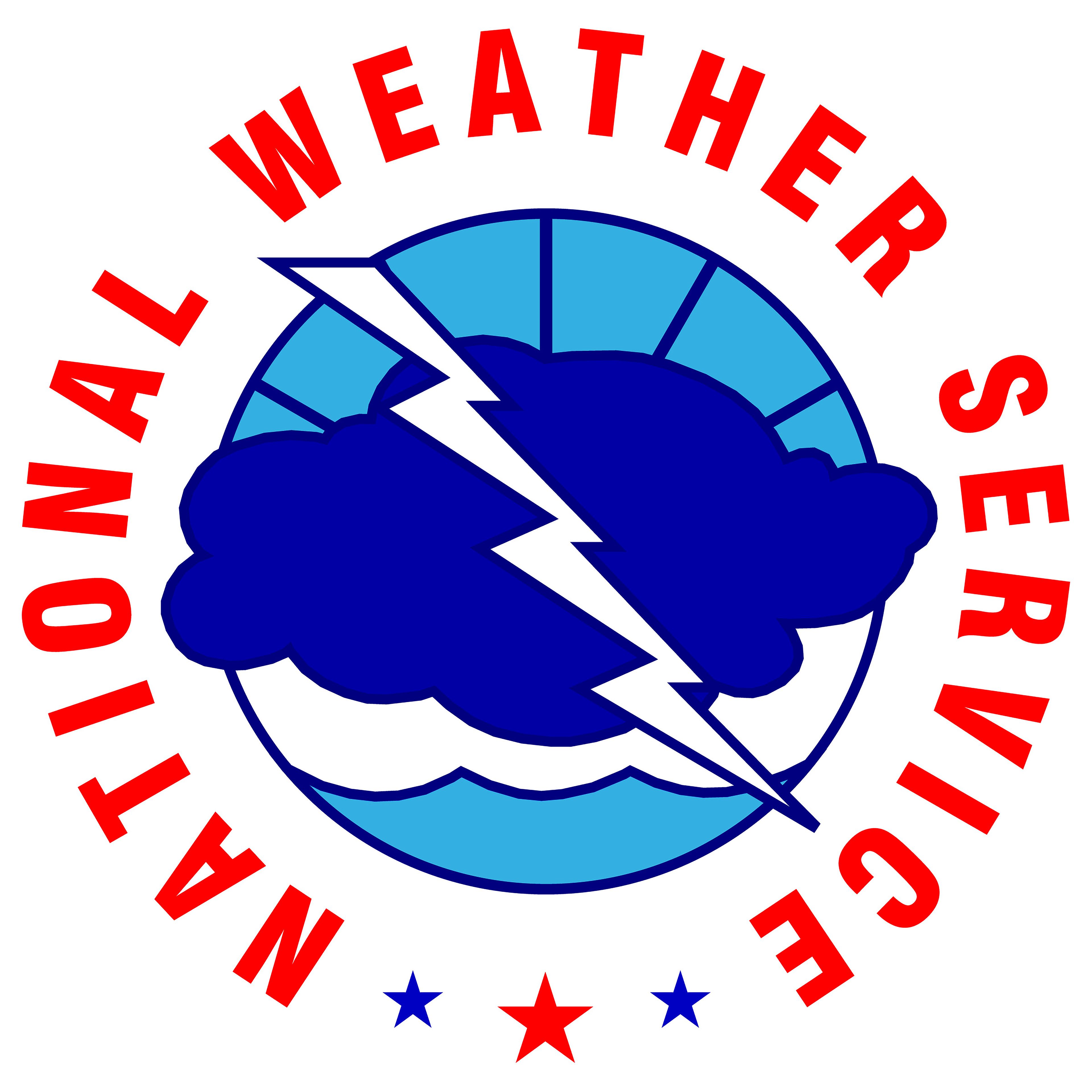I’ve been thinking about maps lately. My library recently reduced our footprint in the microforms area to provide additional space for the WSU Veterans Center, and along with lots of microfilm we moved out our collection of Army Map Service maps. Just last week while tidying my office I came across a sticky note with two book titles on it, which of course I then had to fetch: “100 Maps – The Science, Art and Politics of Cartography through History” and “A History of the Twentieth Century in Maps.” Both used maps to tell contextual stories about history, culture, society, as well as knowledge and assumed or biased information. So, for my column today I’m going to talk about maps — mostly historical maps, although I may do a second part at some point to talk about contemporary maps and mapping.
The Library of Congress has lots of cartographic resources. You can find a browsable list of collections that include maps at bit.ly/LoCMaps. I really like the panoramic/bird’s eye maps and the Library of Congress has a great overhead viewer for locating them. Alas, there aren’t any for Eastern Washington or Idaho other than Spokane and Cheney. The railroad maps are really interesting, as are the amazing Sanborn Fire Insurance Maps, which provide lots of detail (you can find a teaching activity for these at bit.ly/3XneTP3), and the Sanborn Maps Navigator (bit.ly/44agPNe) is a really cool mashup of the maps plus newspaper articles from the LoC’s Chronicling America newspaper database. People with an interest in World War II can follow the campaign in Europe from D-Day to the end of the conflict with the World War II Military Situation Maps collection. Maps can also be searched, including maps of many countries from the Army Map Service mentioned above (you can find a nice overview of the AMS at en.wikipedia.org/wiki/Army_Map_Service) — just select “search maps” at bit.ly/LoCMaps and filter by contributor and select United States Army Map Service. It’s not a complete collection — the AMS printed “70 million copies of 3,000 different maps” just for D-Day according to the National Geospatial-Intelligence Agency (bit.ly/3JrTKxG).
Maps can also be found via the National Archives catalog (bit.ly/NARACat). You can do a search and filter by the “maps and Charts” material type (or do an advanced search and prefilter) but you will want to select the “available to access online” filter. I didn’t find much when I did a search for Pullman, Washington that couldn’t be accessed better at the original source. However, before I narrowed to the Maps and Charts filter I saw some cool stuff, including a 1949 report of a — very doubtful — UFO sighting! Genealogists may find the Maps of Interest to Genealogists section useful (bit.ly/3PqUerJ).
For United States topographical maps, the best place to start is at the U.S. Geologic Survey (usgs.gov), which has lots of relevant resources. You can start with the National Map (on.doi.gov/46g7CEZ), which includes useful training videos and lets you create your own topographic map (harking back to an earlier column, you can also join a crowdsourced mapping project).
Of course, the government isn’t the only source for online cartographic resources — there are extensive collections in museums and libraries all over the world. You can start with an aggregator site like Old Maps Online (oldmapsonline.org), but I like to go to specific sites such as the amazing David Rumsey Map Collection. The maps are located at Stanford University, but are also online. While you can also find them at the Internet Archive, I prefer the interface at davidrumsey.com. The page opens with a continuously (well, 250 at a time) refreshing carousel of maps, and it’s easy to be mesmerized by the immense variety of images. The map database is searchable and provides a number of filtering options (it hits the basics: what, where, who and when — the user has to determine the why). This collection is not limited to U.S. maps, In addition to maps, the site provides a regularly updated blog, a list of related publications and multiple options to interact with the collection.
Maps can be extremely political — geographer Bernard Nietschmann has noted, for example, that “More indigenous territory has been claimed by maps than by guns.” There are some ongoing initiatives to reclaim indigenous maps and mappers, including the Indigenous Mapping Collective. You can find more about this work at to.pbs.org/3qUk5xU.
O’English is the social sciences and government documents librarian for the Washington State University Libraries.







